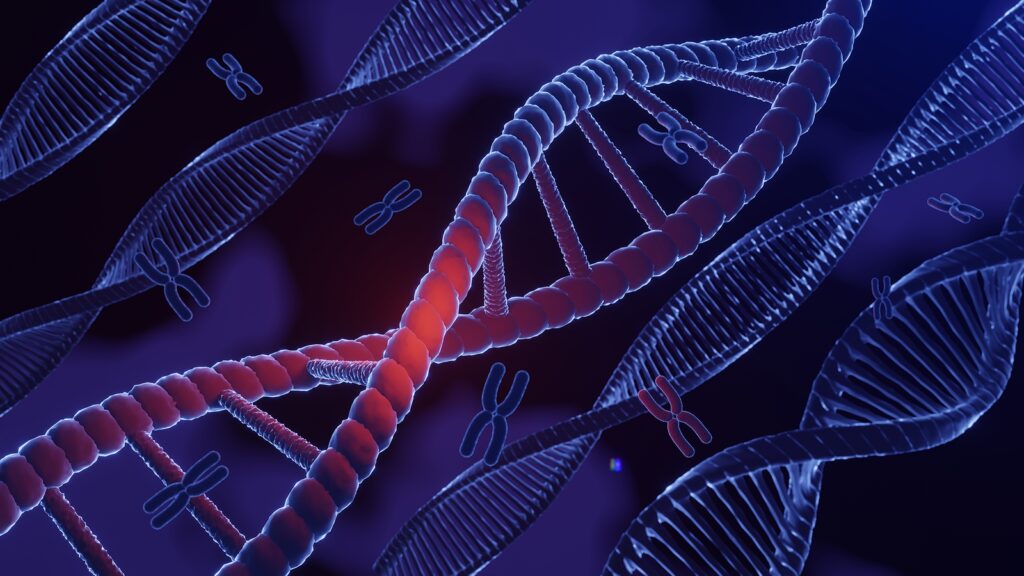By Eleanor McDermid, medwireNews Reporter
medwireNews: The Deciphering Developmental Disorders study has provided genetic diagnoses for thousands of children with severe developmental disorders in the UK and Ireland, report the investigators in The New England Journal of Medicine.
“Despite the provision of clinical genetic and genomic testing services across the United Kingdom and Ireland, these probands show how a genome-driven approach in combination with detailed phenotyping can improve diagnostic yield over the previous standard of care”, they write.
Caroline Wright (University of Exeter, UK) and team reveal that, at the time of the report, the study had identified 19,285 potentially pathogenic genetic variants among 13,449 children, who were a median age of 7 years when recruited.
This resulted in a firm diagnosis for 25% of the cohort, where automated prediction based on current guidelines classified the reported variants as pathogenic or likely pathogenic (predicted classification) and the referring clinician agreed and considered that the variants contributed at least in part to their patient’s phenotype (clinical assertion).
Further, 41% of patients had a diagnosis based on either clinical assertion or predicted classification. Concordance between the two approaches was high, achieved for 4425 pathogenic or likely pathogenic variants, with just 149 being nonconcordant.
Of note, among patients who received a diagnosis by clinical assertion, 13% received a partial diagnosis and 3% received two or more different genetic diagnoses.
Most patients had already undergone phenotype-driven genetic testing that had not resulted in a diagnosis. The researchers used an agnostic, genome-wide approach involving exome sequencing, exon-focused array comparative genomic hybridization and single-nucleotide polymorphism (SNP) genotyping to identify potentially pathogenic variants, most of which were identified using the Developmental Disorders Gene2Phenotype (DDG2P) database.
The team notes that approximately 100 genes were added to DDG2P every year throughout the study, and repeated evaluation of data from undiagnosed patients resulted in new diagnoses. In total, 44% of the identified variants were in genes newly added to DDG2P, with each reanalysis finding approximately one additional variant for every six patient and parent trios (9859 patients also had genetic information from both parents).
In a linked editorial, Jennifer Posey and James Lupski, both from Baylor College of Medicine in Houston, Texas, USA, highlight this finding, saying: “The fact that a single genomic data set, iteratively reanalyzed, continues to provide molecular diagnoses years after the initial test is empowering for families with members who have rare disease.”
In multivariable logistic regression analysis, being recruited as part of a family trio increased a patient’s chance of receiving a diagnosis nearly fivefold. Other factors significantly increasing this likelihood included having severe intellectual disability or development delay, longer time since recruitment, being the only affected family member and having features suggestive of a syndrome.
Factors reducing the likelihood of a diagnosis included extremely premature birth, in utero exposure to antiepileptic medications and having African ancestry.
Posey and Lupski say this latter finding highlights “the urgent need to fully develop databases of allele frequency that are inclusive of worldwide populations and ancestries.”
They conclude: “Although much work remains to be done in improving genomic diagnostics and in understanding disease biology, it is clear that clinical genomics in medical practice is making a difference for patients with rare genetic disorders and their families and physicians.”
News stories are provided by medwireNews, which is an independent medical news service provided by Springer Healthcare Ltd. © 2023 Springer Healthcare Ltd, part of the Springer Nature Group
N Engl J Med 2023; doi:10.1056/NEJMoa2209046
N Engl J Med 2023; doi:10.1056/NEJMe2302643

